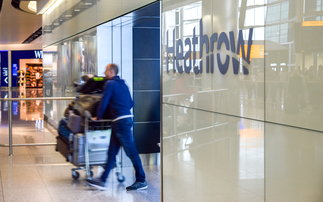TomTom vice president Janisse "had grown to hate VersionOne" at previous employer
Dutch automotive navigation system manufacturer TomTom has selected Rally Software over VersionOne because of its superior output of information, according to the company's vice president of connec...
To continue reading this article...
Join Computing
- Unlimited access to real-time news, analysis and opinion from the technology industry
- Receive important and breaking news in our daily newsletter
- Be the first to hear about our events and awards programmes
- Join live member only interviews with IT leaders at the ‘IT Lounge’; your chance to ask your burning tech questions and have them answered
- Access to the Computing Delta hub providing market intelligence and research
- Receive our members-only newsletter with exclusive opinion pieces from senior IT Leaders






















